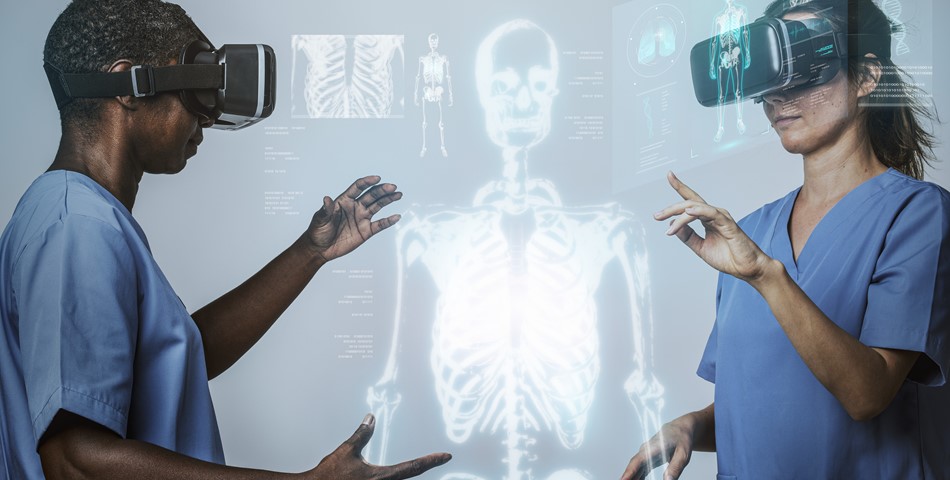With more software and technology being implemented into healthcare facilities, many wonder how the industry will change.
Since the onset of the COVID-19 pandemic, hospitals and healthcare facilities have implemented software and technology within their operations. Proving to be an essential tool to these facilities, technology is predicted to continue transforming healthcare facilities. Whether the technology is self-check-in kiosks, robots helping perform surgeries or wireless devices, it is here to stay. In this manufacturer's roundtable, Healthcare Facilities Today talks with technology experts on ways emerging technologies will change healthcare facilities in the coming years.
“Technology has transformed the healthcare industry in many different ways. At the patient level, it has helped to make information very accessible. Patient-centered thinking has been driving many of the technology advancements being implemented into healthcare facilities.
The future of healthcare includes technologies that will integrate multiple systems, such as patient's medical history, real-time health updates, insurance coverages and access control management. The ultimate goal will be to use mobile devices as the primary tool to access this information. The end-user experience will continue to drive expansion into these newly digitized areas.”
“Technology’s greatest impact on healthcare has been to reduce risk and improve the quality of care. Specific to facilities, the pandemic exposed how critical health and safety procedures are to healthcare organizations and the communities they serve. There is a renewed focus on safer access to healthcare facilities, helping to ensure the right people with the right credentials are onsite. For example, technology enables real-time validation of an individual’s credentials. A kiosk can be used to screen and validate a vendor representative’s credentials and confirm that the representatives within a health system are cleared to be there. Health systems will increasingly use online dashboards, mobile credentialing apps, kiosks and data repositories to fully automate the vendor credentialing compliance process.
"In recent years, a significant amount of technology has been developed around life safety and compliance management. Software tools to manage inspections, testing and maintenance, rounding, and other compliance processes seem to have dominated the market. Additionally, energy management and utility cost savings software have seen tremendous growth, as well. I anticipate that future software development will trend towards SAM and use data to drive procedures in a more automated fashion. New software will be developed to serve the maintenance and operations performers, including simplified UIs and integration with BIM mapping and geolocation technology. Traditional CMMS platforms will be replaced with technology centered around AI and smart software.”
Mackenna Moralez













